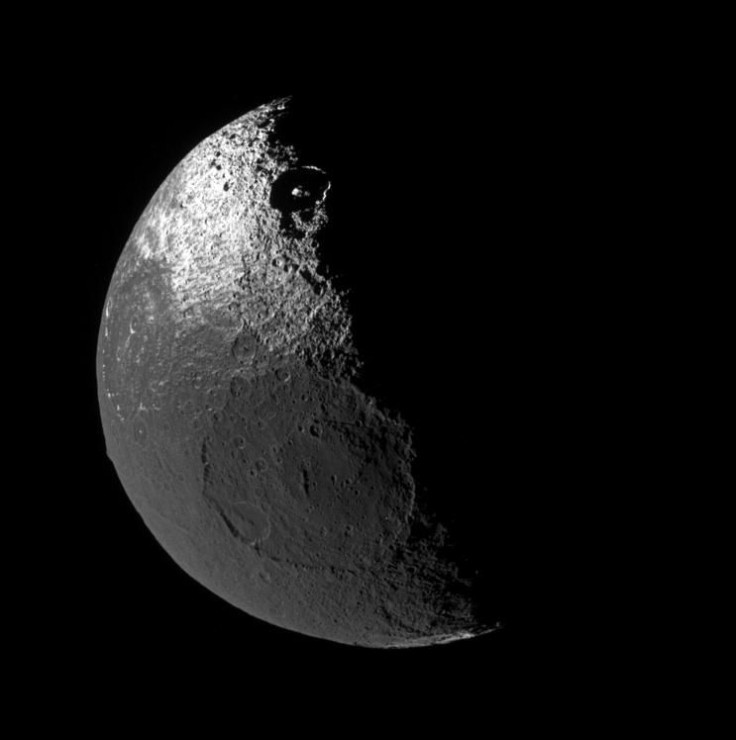India Edges Closer To Getting Its Name Written In History Books

India is one step closer to making it to the history books as Candrayaan-2 prepares to land on the lunar surface on Friday.
If things go as planned, the lunar landing would propel India into an elite club, making it only the fourth country to after the U.S., China, and Russia to make a soft landing on the moon. India would only be second to China in managing to explore the far side of the moon.
At the Moon, India's Chandrayaan-2 Spacecraft Poised to Release Lunar Lander https://t.co/Rzz4opVFAz pic.twitter.com/HGJjLfetOF
— SPACE.com (@SPACEdotcom) September 1, 2019
The Indian Space Research Centre (ISRO) operated lunar mission, Chandrayaan-2, which would land on the moon on Friday, Sept. 6, after 45 days of its launch. It was launched from the Satish Dhawan Space Center in Sriharikota on July 22 with 13 payloads.
Indian Prime Minister Narendra Modi had praised the scientists behind the mission for their innovative zeal during a radio address in July.
"This mission has proved beyond doubt, once again, that when it comes to attempting an endeavour in new age, cutting edge areas, with innovative zeal, our scientists are second to none. They are the best ... they are world class," he said.
#ISRO
— ISRO (@isro) September 3, 2019
The first de-orbit maneuver for #VikramLander of #Chandrayaan2 spacecraft was performed successfully today (September 03, 2019) at 0850 hrs IST.
For details please visit https://t.co/K5dS113UJL
Here's view of Control Centre at ISTRAC, Bengaluru pic.twitter.com/Ddeo2URPg5
Chandrayaan-2 is currently orbiting the moon at a distance of 62 miles after circling the Earth multiple times over the past month and later penetrating the lunar orbit. It then decreased its distance from the moon in steps and finished the de-orbiting process on Wednesday.
What makes the project peculiar is the low operation costs, with the lunar mission costing less than half the amount spent in making the Marvel Cinematic Universe blockbuster Avengers: Endgame. Similar space explorations on tight budgets have been carried out in the last month making India standout as a cost-effective space power.
However, this is not the first time that Indian will be writing its name into record books.
India launched 104 satellites in a single mission in 2017 setting a new world record. In 2014, India became the first Asian country to reach Mars, with its cost-effective mars orbiter Mangalyaan. Earlier in 2019, India became one of the four countries to shoot down one of its own satellites in a military show of force.
#Chandrayaan2 has officially gone further than its predecessor Chandrayaan 1! What do you think it will find on the Moon? Share your thoughts with us in the comments below!#ISRO #MoonMission pic.twitter.com/pZEnxPf3su
— ISRO (@isro) August 29, 2019
Chandrayaan-2 is on a mission to dig deeper into the water molecules that were discovered by its predecessor, Chandrayaan-1, in 2008. These two would lay the foundation for a third lunar mission called the Chandrayaan-3 which is scheduled somewhere in between 2023 and 2024.
India also plans to launch its first manned mission to space by 2022.
© Copyright IBTimes 2024. All rights reserved.





















